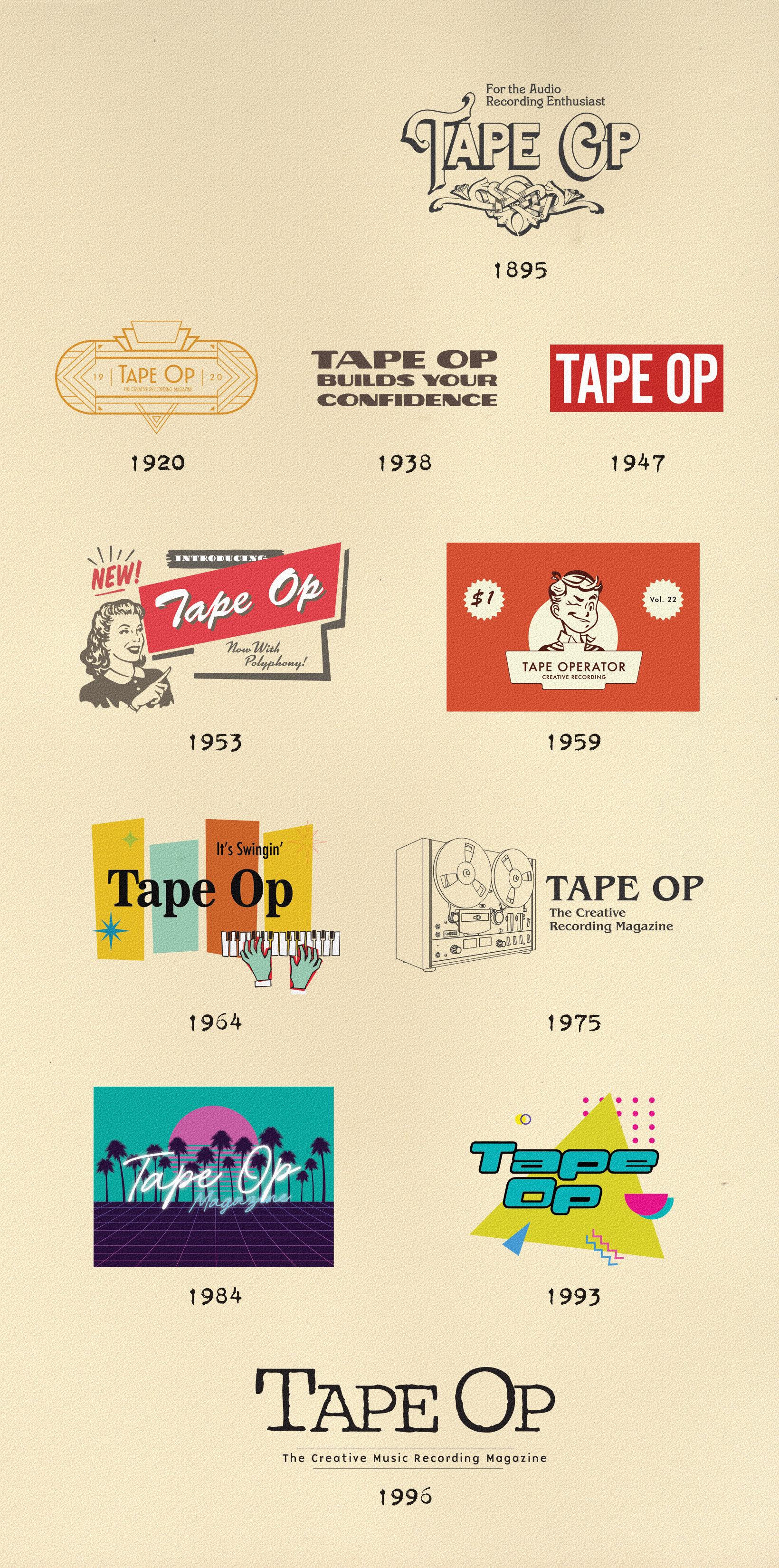Call me an AI pessimist, but my initial reaction was lukewarm when I considered trying out the Vocal Reverb plug-in from Antares Audio Technologies. Haven’t I already got enough reverbs? How is this new one going to win me over? Once I dove into it, I realized it was challenging me unexpectedly, and now I've changed my tune. Vocal Reverb is more than just another reverb; it’s a futuristic ambience channel strip.
At its core, we’ve got three top-notch algorithms: Hall, Plate, and Room. All three sound excellent, and can hold their own against any other plug-in I have access to. While that’s a bare minimum requirement for use on any of my mixes, it’s not enough to remain on my shortlist. What makes Vocal Reverb truly special are the pre and post-reverb effects. There's a healthy selection of well-tuned tools to quickly shape those reverbs in creative ways. In particular, the Pre-Verb section includes a top of its class Pitch and Throat (formant shifter) effects. This is Antares showing us how to use some of their bread-and-butter algorithm Auto-Tune [Tape Op #126] tools in some of the most creative ways. Sure, I could insert Auto-Tune’s Throat plug-in before any reverb, but when it’s already built-in it becomes available for use in presets. By exploring Vocal Reverb's presets for examples of how to put all this to use, it’s inspiring to find patches designed around these Pre-Verb effects. In addition to Pitch and Throat, there’s Tube (saturation), and a wonderful-sounding Reverse tool. Post-Verb effects include a Tone Shaper, Width, Compressor, and Gate, plus an Auto-EQ that actually uses Auto-Tune’s pitch tracking to adjust the EQ in real-time. All this can be a lot to navigate if you just need a simple, quick reverb. However, this is where Vocal Reverb's AI Assist tool has its shining moment.
When first opening the plug-in, you select the Input Type: Soprano, Alto/Tenor, Low Male, Instrument, or Bass Inst. This helps set the pitch detection to the ideal range for your source. Next, while feeding in your intended signal, click Assist and the AI Reverb Assist panel pops up. After analyzing the input for about five seconds, it gives you a few quick prompts and then quickly throws together a starting patch. The result often surprised me in interesting ways! For example, with bold use of Pitch or post compression but with the Auto-EQ set just right, it always helps the reverb sit perfectly. Similar to when I used presets, after using the Reverb Assist feature I usually made only a couple of tweaks before being fully satisfied with the results. In practice, this built-in AI tool is still faster than searching through long lists of presets with goofy names – I really love it! This got me thinking, when preset digging, that I find it challenging to get past my own biases for what type of settings are appropriate in whatever genre/style I’m working in. Sometimes, I’ll even avoid auditioning presets just because I think the preset name is tacky! The AI doesn’t care what I think; it asks me some questions, analyzes the input, and gives me a fun, creative starting point. It’s shocking how often I hear a dark reverb pop up, and I love how it sounds before noticing that it’s just casually pitching the input down an octave. This is a wonderfully deep reverb from Antares that’s surprisingly simple to use. It turns out that I actually enjoy having an AI collaborator throw ideas at me when I’m setting up a reverb!




_disp_horizontal_bw.jpg)